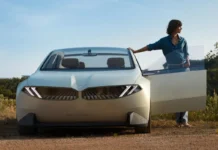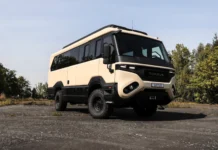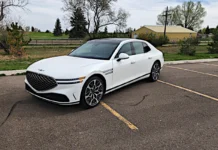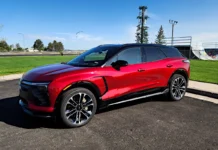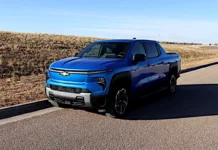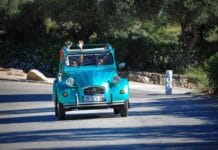
Mercedes-Benz is serious about electric luxury travel, and its upcoming VLE electric van is a testament to this commitment. In the latest round of real-world tests, the MPV completed a 684-mile (1,100-km) journey from Stuttgart to Rome with impressive efficiency.
During the 13-hour trip, the test vehicle required just two 15-minute charging breaks. This suggests a real-world range of approximately 250 to 300 miles (400 to 480 km), although official figures have yet to be released.
Built on Mercedes-Benz’s next-generation Van Electric Architecture (VAN.EA), the VLE tackled a variety of terrain, from narrow Italian city streets to Alpine mountain passes, all the while while keeping cabin temperatures at 22 °C (72 °F), despite outdoor temperatures ranging from 11 °C and 33 °C (52 and 91 °F).

This kind of long-distance hands-on testing is a crucial part of the company’s maturity validation process. It builds on previous cold-weather tests in Sweden and endurance runs to the North Cape, ensuring the VLE is equipped for a wide range of real-world driving conditions.
Mercedes-Benz first unveiled the modular and scalable VAN.EA platform late last year. The VLE and its sibling model, the VLS (collectively referred to as Grand Limousines) will be among the first vans built on this platform.

VAN.EA is a brand-new 800-volt EV architecture explicitly engineered for medium- and large-sized vans. With 4MATIC AWD, these new battery-electric vehicles (BEVs) are expected to deliver extended driving ranges and perform reliably in all weather conditions.
The VLE will seat up to eight passengers and is designed primarily for family use and leisure travel. A standout feature is its rear-axle steering, which significantly enhances manoeuvrability on winding roads and in tight urban settings. This could also make it an attractive option for road trippers, families, and high-end shuttle services.

Source: Mercedes-Benz




